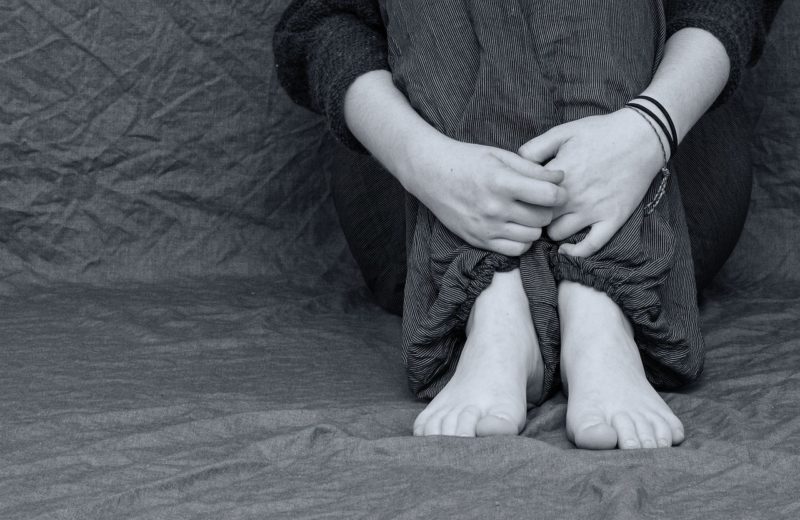Expanded suspension powers in Australian schools harmful and ineffective: new study

*Reposted with permission from our partners MCERA*
Legislation expanding Queensland principals’ disciplinary powers has failed in its stated goals, while seeing an increase in school suspensions, says new study.
In 2014, the Newman government legislated to give principals greater discretion to suspend students, extend the length of short suspensions (from 1–5 to 1–10 days), and enable principals to impose community service and detentions on students outside of school hours.
The Queensland Department of Education said the changes were intended to reduce suspensions and permanent exclusions by granting principals greater flexibility to respond to disruptive behavior.
Professor Linda Graham, a researcher in inclusive education at the Queensland University of Technology, says the legislation has failed in its stated aims while harming students’ education.
In a new study, Professor Graham analysed rates of suspension, permanent exclusions, and enrolment cancellation in Queensland from 2006 to 2017.
While a suspension temporarily prevents a student from attending school, a permanent exclusion prohibits a student’s return to a particular school. An enrolment cancellation can only be imposed on a student over 16, and ends their enrolment in the education system. All had increased between 2006 and 2014, although suspensions had started decreasing from 2011.
After the legislation was introduced, exclusions briefly decreased, but reached a new high in 2017. Enrolment cancellations peaked in 2014 and decreased somewhat over the next 3 years. But from 2014 to 2017, suspensions per student increased by 16.67%.
Professor Graham argues that suspensions exclude students from vital learning, worsen
disengagement, and increase children’s risk of antisocial behavior due to lack of supervision. This widens the “school to prison pipeline”, with a disproportionate effect on students with a disability (especially those with ADHD or autism), Indigenous students, minority students, and students in out-of-home care.
“Taken together, the bulk of the research evidence indicates that suspension does not help to address the reasons for student disengagement and may in fact accelerate vulnerable students’ disconnection from school,” said Professor Graham.
In rare circumstances, she said, suspensions and exclusions may be “necessary and justified” to protect staff and students, such as when a student engages in serious violence or brings drugs or weapons to school.
However, Professor Graham said that widened powers increase schools’ ability to use suspensions for the wrong reasons – such as to improve a school’s performance in tests, to “reassure parents and school staff that the school is firm on behavior”, as a substitute for effective methods of improving behavior, or to mask ineffective teaching.
“Suspension does not act as a deterrent and nor does it help to produce positive behavioral change through the application of a consequence,” she said.
“For young people to benefit from the application of a consequence, they must not only be capable of considering that consequence in another future scenario, but also able to replace inadvisable behavior with an acceptable alternative. Alternative behaviors, however, need to be explicitly taught if students are to use them.”
Suspension, she said, has perverse consequences. When used to punish a student for truancy, for instance, it can encourage them to break rules to gain relief from an environment they are unhappy in.
Between 2013 and 2014, suspension rates in Queensland increased most sharply in Prep (by 50%); between 2014 and 2015, in Year 7 (by 83%).
Professor Graham said that rising suspension rates in Prep may reflect a decline in play-based learning in early schooling and growing academic demands on children, partly due to pressure on Grade 3 students to perform in NAPLAN. She said this is especially concerning given the downward shift of Prep age in 2015.
Meanwhile, she noted that the leap in suspensions of year 7s coincided with the shift of year 7 to high school. Previously, suspensions would leap for students entering year 8. In her view, this indicates serious problems in the transition from primary school to high school.
“While secondary school suspensions are typically higher than primary, hormones and adolescent behavior cannot explain the sudden and grade-specific increase identified through this analysis.
“It is inconceivable that the 2015 and 2016 Grade 7 cohorts were more ”badly behaved” than previous cohorts that remained in primary school before them. Rather, these patterns may reflect something in the nature of secondary schooling itself.”
“Although it might be argued that primary schools are too tolerant and that students are being ill-prepared for transition to secondary by ineffective discipline, there is no evidence to support this interpretation.”
Professor Graham expressed approval of the present Queensland government’s funding of research into implementing age-appropriate learning in state schools, but called for urgent action on suspensions.
“It is incumbent on government to act swiftly when legislative change that ignores the international research evidence does not achieve its stated purpose and could instead be fuelling increases in exclusionary practices that are known to have harmful effects.”

 China
China